Class -X (Footprints without feet book-chapter 6)-The Making of a scientist By- Robert W. Peterson
chapter 6 - The Making of a scientist
By- Robert W. Peterson
Chapter Sketch
The story The Making of a Scientist’ is written by Robert W Peterson. It is about the great scientist Richard H Ebright. He had a habit of collecting butterflies, rock fossils and coins since he was a kid. He started scientific research on the study of butterflies. His curiosity and a will to win for the right reasons made him successful.

About the Characters
·
Richard H Ebright- He is a brilliant scientist. He
is noted for’ his work on cell and reading of DNA. Richard’s Mother She
is an encouraging mother who supported Richard in every way.
·
Dr. Frederick A. Urquhart- He is a
prominent scientist. He did his research on monarch butterflies. He provided
valuable guidance to Richard for his projects.
·
Richard A. Weiherer -He is
Richard’s social studies teacher. He helped Richard become a good debater and a
public speaker.
·
James R. Wong -He.is a fellow scholar who
worked with him on a project.
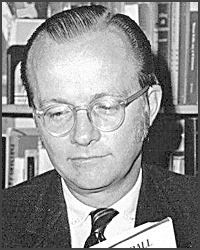
About the Author
Robert W. Peterson (1925 Warren, Pennsylvania –February 11, 2006) was an American newspaper writer who later became a freelance author of magazine articles and books, especially on the topics of sports and scouting. His 1970 chronicle of Negro league baseball titled ‘Only the Ball Was White’ was hailed by The New York Times as having "recaptured a lost era in baseball history and a rich facet of black life in America". The baseball commissioner at the time, Bowie Kuhn, later credited Peterson's book with having "focused greater attention on the accomplishments of Negro League players", leading to their admission to the Baseball Hall of Fame.
The Making of a scientist -Summary
The chapter, ‘The Making of a Scientist’ is a story about the famous scientist Richard Ebright. Richie as his mother used to call him was a very curious child right from his childhood. He had started collecting butterflies in his childhood and when he was 2 years old, he had already collected all the 25 species found near his hometown. He thought it to be an end of butterfly collection until one day his mother bought him a book named ‘The Travels of Monarch X’. This was a turning point in his life and he got much more interested in dealing with science. He started with tagging butterflies which a task given at the end of the book that his mother bought for him. Then, when he first entered the county science fair with a slide of the frog tissue he lost. Everybody won something but his project did not win any prize. He was sad but also understood that to win, he needed to do real experiments and not just make neat and clean models. Then he wrote down to Dr. Urquhart at the University of Toronto, asking him for ideas to make projects. He stayed busy during his high school, working on the long list sent to him by Dr. Urquhart. Then, for the next year’s fair, he chose the project of looking at the viral disease that killed nearly all the monarch caterpillars every few years. He thought that the reason for this could be a beetle, so he started raising caterpillars in the presence of beetles but could not get any results. So, when he showed his trial experiment at the county science fair, his project won a prize. Then for the next year he made an experiment to show that the viceroy butterflies copied monarchs. This project also made him win prizes. Then he started his research as to the purpose of the 12 golden spots on the back of a monarch pupa. Everybody believed that it was just a design but Dr. Urquhart thought otherwise. Then Ebright and another brilliant science student got together and made a device that could show that the gold spots were responsible for releasing a hormone that was necessary for its growth. With the help of sophisticated instruments at one of the labs, he got a chance to work and found the chemical structure of the hormone in the gold spots. Then, one day, while looking at the photo of the chemical structure, he solved one of the biggest puzzles of life. He came to know how a cell blueprints its DNA. It was a big breakthrough and was published in a magazine. He also had many other interests and also admired his social studies teacher as he was the one who used to give him new ideas. He was good at debating, public speaking and a great canoeist. He never used to win for the sake of winning or for prizes but because he wanted to be the best at whatever he used to do. It is shown in this chapter that with the right amount of curiosity, a bright mind and the will to win for right reasons are the qualities needed to be a scientist. His mother also played a big role in making him what he was as it was she who supported him throughout his journey and bought him the book ‘The Travels of Monarch X’ which aroused his curiosity in the field of science.
The Making of a Scientist Text (with word meanings)
At the age of twenty-two, a former ‘scout of the year’ excited the scientific world with a new theory on how cells work. Richard H. Ebright and his college room-mate explained the theory in an article in the Proceedings of the National Academy of Science. It was the first time this important scientific journal had ever published the
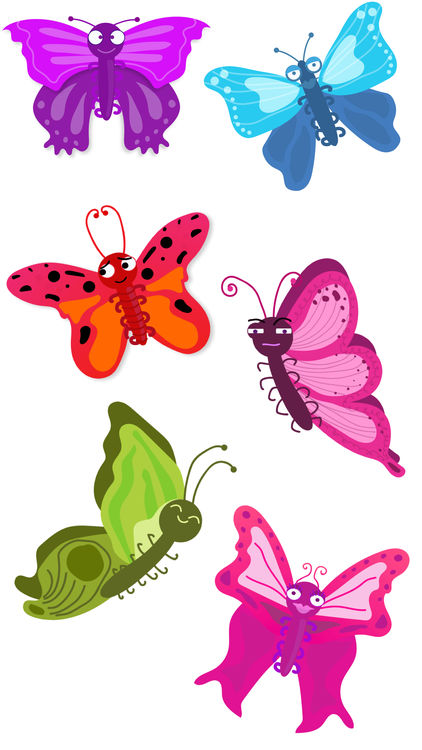
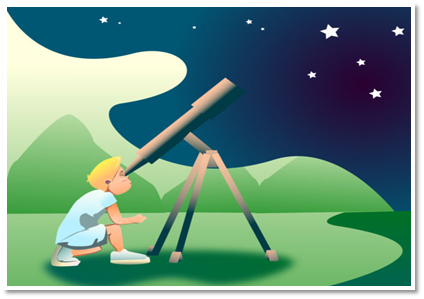

From the first he had a driving curiosity along with a bright mind. He also had a mother who encouraged his interest in learning. She took him on trips, bought him telescopes, microscopes, cameras, mounting materials, and other equipment and helped him in many other ways. “I was his only companion until he started school,” his mother said. “After that I would bring home friends for him. But at night we just did things together. Richie was my whole life after his father died when Richie was in third grade.” She and her son spent almost
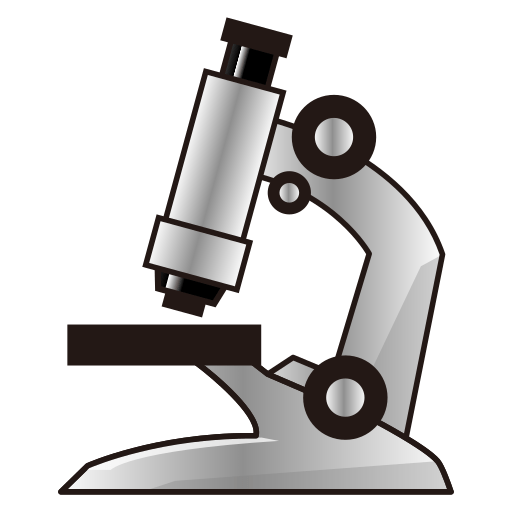

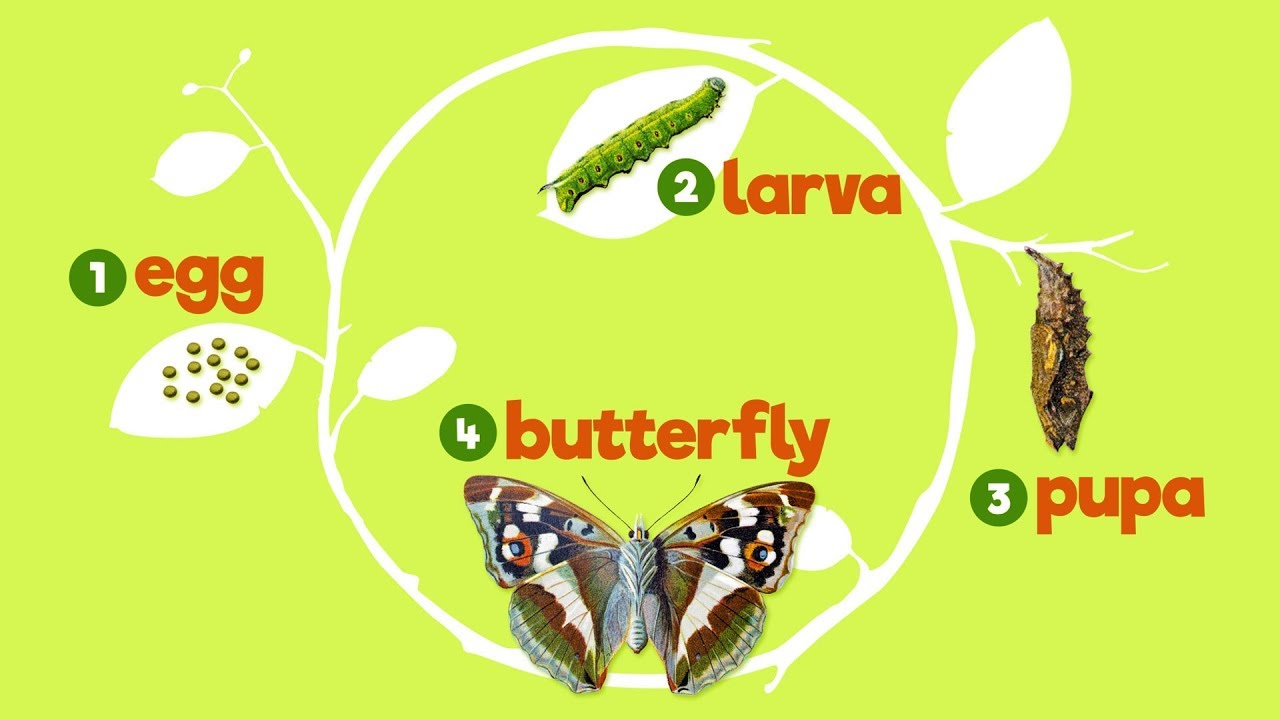

Then in the seventh grade he got a hint of what real science is when he entered a county science fair — and lost. “It was really a sad feeling to sit there and not get anything while everybody else had won something,” Ebright said. His entry was slides of frog tissues, which he showed under a microscope. He realised the winners had tried to do real experiments, not simply make a neat display. Already the competitive spirit that drives Richard Ebright was appearing. “I knew that for the next year’s fair I would have to do a real experiment,” he said. “The subject I knew most about was the insect work I’d been doing in the past several years.” So he wrote to Dr Urquhart for ideas, and back came a stack of suggestions for experiments. Those kept Ebright busy all through high school and led to prize projects in county and international science fairs. For his eighth grade project, Ebright tried to find the cause of a viral disease that kills nearly all monarch caterpillars every few years. Ebright thought the disease might be carried by a beetle. He tried raising caterpillars in the presence of beetles. “I didn’t get any real results,” he said. “But I went ahead and

showed that I had tried the experiment. This time I won.” The next year's science fair project was testing the theory that viceroy butterflies copy monarchs. The theory was that viceroys look like monarchs because monarchs don’t taste good to birds. Viceroys, on the other hand, do taste good to birds. So the more they look like monarchs, the less likely they are to become a bird’s dinner. Ebright’s project was to see whether, in fact, birds would eat monarchs. He found that a starling would not eat ordinary bird food. It would eat all the monarchs it could get. (Ebright said later research by other people showed that viceroys probably do copy the monarch.) This project was placed first in the zoology division and third overall in the county science fair.


In his second year in high school, Richard Ebright began the research that led to his discovery of an unknown insect hormone. Indirectly, it also led to his new theory on the life of cells. The question he tried to answer was simple: What is the purpose of the twelve tiny gold spots on a monarch pupa? “Everyone assumed the spots were just ornamental,” Ebright said. “But Dr Urquhart didn’t believe it.” To find the answer, Ebright and another excellent science student first had to build a device that showed that the spots were producing a hormone necessary for the butterfly’s full development. This project won Ebright first place in the county fair and entry into the International Science and Engineering Fair. There he won third place for zoology. He also got a chance to work during the summer at the entomology laboratory of the Walter Reed Army Institute of Research. As a high school junior, Richard Ebright continued his advanced experiments on the monarch pupa. That year his project won first place at the International Science Fair and gave him another chance to work in the army laboratory during the summer. In his senior year, he went a step further. He grew cells from a monarch’s wing in a culture and showed that the cells would divide and develop into normal butterfly wing scales only if they were fed the hormone from the gold spots. That project won first place for zoology at the International Fair. He spent the summer after graduation doing further work at the army laboratory and at the laboratory of the U.S. Department of Agriculture. The following summer, after his freshman year at Harvard University, Ebright went back to the laboratory of the Department of Agriculture and did more work on the hormone from the gold spots. Using the laboratory’s sophisticated instruments, he was able to identify the hormone’s chemical structure.
A year-and-a-half later, during his junior year, Ebright got the idea for his new theory about cell life. It came while he was looking at X-ray photos of the chemical structure of a hormone. When he saw those photos, Ebright didn’t shout, ‘Eureka!’ or even, ‘I’ve got it!’ But he believed that, along with his findings about insect hormones, the photos gave him the answer to one of biology’s puzzles: how the cell can ‘read’ the blueprint of its DNA. DNA is the substance in the nucleus of a cell that controls heredity. It determines the form and function of the cell. Thus DNA is the blueprint for life.
Ebright and his college room-mate, James R. Wong, worked all that night drawing pictures and constructing plastic models of molecules to show how it could happen. Together they later wrote the paper that explained the theory. Surprising no one who knew him, Richard Ebright graduated from Harvard with highest honours, second in his class of 1,510. Ebright went on to become a graduate student researcher at Harvard Medical School. There he began doing experiments to test his theory. If the theory proves correct, it will be a big step towards understanding the processes of life. It might also lead to new ideas for preventing some types of cancer and other diseases. All of this is possible because of


Room mate- a person occupying the same room as another.
The Making of a scientist Question and Answers
Q1) How did a book become a turning point in Richard Ebright’s life?
Ans) After Richard had collected all the 25 species of butterflies that were found in his surroundings, he thought that it would be an end to butterfly collection when his mom bought him a book named ‘Travels of Monarch X’ which told him about how butterflies migrated to Central America. This book aroused an interest in him for exploring more of what was to come and started studying more about monarch butterflies.
Q2) How did his mother help him?
Ans) His mother played a turning role in the life of the scientist as she used to buy him telescopes, microscopes, cameras, mounting equipment and used to try to help him by getting him things to learn in the evening when he used to be free. She also used to take him out on field trips and the book Travels of Monarch X was also bought by her. So we can say that the mother played a very important role in the making of what he was.
Q3) What lesson does Ebright learn when he does not win anything at a science fair?
Ans) He learnt that just by showing neat and clean simple slides won't make him win anything but the actual experiment that he will perform will help him win the prize at any fair.
Q4) What experiments and projects does he then undertake?
Ans) He did an experiment to see the cause of the viral disease that kills nearly all the monarchs after a few years and also took up a project to prove that the viceroy butterflies copy monarchs to survive by behaving like them.
Q5) What are the qualities that go into the making of a scientist?
Ans) According to the chapter, there are three qualities that a person needs to have to be a scientist. Firstly, a first - rated mind, secondly, curiosity and thirdly, the will to win for the right reasons.

Comments
Post a Comment